TANZANIA DESTINATIONS
TRAVEL DISCOVER EXPLORE
KILIMANJARO NATIONAL PARK
Kilimanjaro,by any name, is a metaphor for the compelling beauty of East Africa. When you see it, you understand why. Not only is this the highest peak on the African continent, it is also the tallest free-standing mountain in the world, rising in breathtaking isolation from the surrounding coastal scrubland – elevation around 900 meters – to an imperious 5,895 meters / 19,336 feet. As one of the 7 summits - the highest points of the 7 continents, Kili is a beacon for visitors from around the world. Most climbers reach the crater rim with little more than a walking stick, proper clothing and determination. Certificates are given to those who reach either Stella's or Gilman's points located on the crater rim and for the ones lucky enough to reach Uhuru Peak. But there is so much more to Kili than Uhuru Peak. The ascent of the slopes is a virtual climatic world tour, from the equator to the North Pole in a weeks duration. Apart from the zonations you transverse, the people you will meet on Kili and the memories you will make will last a lifetime. You will probably learn a bit of Swahili and chances are you will learn a song on Kili.
MT KILIMANJARO LEMOSHO ROUTE
The Lemosho Route starts on the western side of Mount Kilimanjaro at the Londorossi Gate. Located just 2 hours from Moshi, Lemosho offers the trekker a sleep low trek high mountaineering code which enables better acclimatization at altitude. On day three the Lemosho Route joins the Machame Route at Lava Tower and down towards Barranco Valley via the Southern Circuit. As with the Machame Route, Lemosho trekkers need to transverse the Barranco Wall and then summit from Barafu Camp. Descent is via the Mweka route
MT KILIMANJARO MACHAME ROUTE
Machame Route is one of the most popular routes on Kili. The route is very scenic, providing hikers with incredible views and an array of landscapes. The Machame route is difficult as climbers need to be able to ascend the Barranco escarpment on day four and contend with a steep incline up Kibo on summit night. There are no technical climbing skills required. Machame Route offers a trek high, sleep low mountaineering code for acclimatization.
MT KILIMANJARO MARANGU ROUTE
The Marangu Route is the oldest on Kilimanjaro and is also one of the most popular – mainly because it averages at 8 degrees incline from Gate to Kibo Hut and is the only route on the mountain that has huts provided for hikers. There are 60 bunk beds each at Mandara and Kibo Huts, and 120 bunk beds at Horombo Hut. The Huts come equipped with solar generated lighting, flush toilets and water piped in from a nearby mountain stream. Each hut has 6-8 bunk beds.
The Marangu route can be completed in 6 days, it is recommended that climbers take an extra day to acclimatized at Horombo Hut. The Marangu Route differs from the other routes on Kilimanjaro as the ascent is exactly the same as the descent and therefore there is not as much variety in settings compared to other routes.
The Marangu route can be completed in 6 days, it is recommended that climbers take an extra day to acclimatized at Horombo Hut. The Marangu Route differs from the other routes on Kilimanjaro as the ascent is exactly the same as the descent and therefore there is not as much variety in settings compared to other routes.
MT KILIMANJARO SHIRA ROUTE
Mt. Kilimanjaro - Shira Route The famous Shira Route starts at 3,600 meters and is therefore not ideal for trekkers who have little or no experience of high altitude trekking
MT KILIMANJARO RONGAI ROUTE
Rongai route ascends Mount Kilimanjaro from the north-eastern side of the mountain, along the border between Tanzania and Kenya. The rongai route retains a sense of unspoiled wilderness.
The Rongai route is the only route that approaches Kilimanjaro from the north. Rongai route is truly one of the more remote and wild trails on the entire mountain. Despite that however, this route offers trekkers plenty of advantages, making it a very appealing option for those looking for a unique experience on Africa’s tallest peak.
The Rongai route is the only route that approaches Kilimanjaro from the north. Rongai route is truly one of the more remote and wild trails on the entire mountain. Despite that however, this route offers trekkers plenty of advantages, making it a very appealing option for those looking for a unique experience on Africa’s tallest peak.
EXPLORE MOSHI TOWN TOUR WITH US
CLICK THE LINK BELLOW FOR THE TOUR IN MOSHI
MOUNT MERU
Mount Meru is a spectacular volcanic mountain and part of the Arusha National park eco-system. The trek offers dramatic scenes of the volcanic crater and ash cone; opportunity for excellent views of Kilimanjaro in the distant; and also exciting walks among wild animals requiring an armed ranger to keep them at a healthy distance away from you. Large number of crowds are less common and you will pass tropical forest and bushy terrain before sand, volcanic ash and rocks lead the path to the top. Mount Meru is also recommended for optimal acclimatizing before a Kilimanjaro expedition. Reaching ‘Socialist Peak’ at 4566m/14980ft is a fantastic achievement that conquers the 4th highest mountain in Africa while connecting you to nature and yourself.
Safety first Safety comes first when climbing any mountain. Therefore, your experience, personal physiology and health condition must be considered before expedition start. Our Mount Meru Guideline include a complete gear list to help you prepare for a comfortable expedition and will provide more information about safety and the trek.
‘Adventure’ vs. ‘Comfort’ Foot On Kili Tanzania™ offers an ‘Adventure’ style of climb – where you carry your own gear (~15 kg or 33 lbs) – or a ‘Comfort’ style of climb where our porters, cooks and guides make sure you can focus on the trek with quality of experience, great food and minimal physical strain.
Your guide and armed ranger Your designated Foot On Kili Tanzania™ guide is the most qualified person on Mount Meru, professionally trained to make the right decisions and take you safely to the top and back. Your guide works with a hand picked experienced crew consisting of assistant guides, cooks and porters. The armed ranger is mandatory and provided by the National Park according to their regulations.
Porters Porters are the heart and soul of any mountain. There are few experiences as humbling as being passed by porters on a climb. On Mount Meru they carry food, gas, water and equipment to ensure a comfortable climb and increase chances of reaching the top for you. They are certainly among the hardest working men in Tanzania and we make sure they are rewarded properly for their efforts.
Route
Momella route starts at Momella gate inside Arusha National Park and is the only official route to the summit today. We recommend 4 days to allow slow pace and more time to enjoy the mountain and the natural settings. But an intense 3-day expedition can also suffice if you are willing to accept the extra physical and mental straining.
Accommodation You will sleep in huts with 2 bunk beds and sanitary facilities are available at each ranger station.
Safety first Safety comes first when climbing any mountain. Therefore, your experience, personal physiology and health condition must be considered before expedition start. Our Mount Meru Guideline include a complete gear list to help you prepare for a comfortable expedition and will provide more information about safety and the trek.
‘Adventure’ vs. ‘Comfort’ Foot On Kili Tanzania™ offers an ‘Adventure’ style of climb – where you carry your own gear (~15 kg or 33 lbs) – or a ‘Comfort’ style of climb where our porters, cooks and guides make sure you can focus on the trek with quality of experience, great food and minimal physical strain.
Your guide and armed ranger Your designated Foot On Kili Tanzania™ guide is the most qualified person on Mount Meru, professionally trained to make the right decisions and take you safely to the top and back. Your guide works with a hand picked experienced crew consisting of assistant guides, cooks and porters. The armed ranger is mandatory and provided by the National Park according to their regulations.
Porters Porters are the heart and soul of any mountain. There are few experiences as humbling as being passed by porters on a climb. On Mount Meru they carry food, gas, water and equipment to ensure a comfortable climb and increase chances of reaching the top for you. They are certainly among the hardest working men in Tanzania and we make sure they are rewarded properly for their efforts.
Route
Momella route starts at Momella gate inside Arusha National Park and is the only official route to the summit today. We recommend 4 days to allow slow pace and more time to enjoy the mountain and the natural settings. But an intense 3-day expedition can also suffice if you are willing to accept the extra physical and mental straining.
Accommodation You will sleep in huts with 2 bunk beds and sanitary facilities are available at each ranger station.
ZANZIBAR
You just might want to chill on a white sandy beach, take a Spice Tour to tingle your senses, learn about the architecture and history of Stone Town, watch dolphins, learn Swahili cooking, listen to Taarab tunes or have a cup of ginger coffee in the alley.
Tanzanian Islands
will amaze you with things to do, see, feel and taste. From ancient Zanzibar to tranquil Pemba, pristine Mafia and exclusive Mnemba Island. Ask us to organise a fully marine itinerary or combine it with your other mainland adventure.
Your guide
Our island tours and activities include transport with a local Fair Travel guide. Your local guide is the best link to the cultures, activities, and natural resources of the islands and ready to assist you anytime during your stay.
Accommodation
All kinds of hotels, guest houses, resorts and beach front bungalows are available on Tanzanian islands. Let us know which standard you prefer and we will arrange the best one for you.
What to bring Sandals, sun screen and a good book.
Tanzanian Islands
will amaze you with things to do, see, feel and taste. From ancient Zanzibar to tranquil Pemba, pristine Mafia and exclusive Mnemba Island. Ask us to organise a fully marine itinerary or combine it with your other mainland adventure.
Your guide
Our island tours and activities include transport with a local Fair Travel guide. Your local guide is the best link to the cultures, activities, and natural resources of the islands and ready to assist you anytime during your stay.
Accommodation
All kinds of hotels, guest houses, resorts and beach front bungalows are available on Tanzanian islands. Let us know which standard you prefer and we will arrange the best one for you.
What to bring Sandals, sun screen and a good book.
CULTURE
There are more than 120 different tribes in Tanzania. Our cultural excursions allow you to approach, discover and learn about some of the most fascinating of them. Our goal is to provide you with an insight of local people’s intriguing history, customs, values and cuisine. You will also learn how they face modern life challenges while maintaining traditions. Whether you dance with a Maasai, communicate in click language with a Hadza or giggle with a Datoga woman – you will certainly gain a deeper understanding of cultural nuances and form smiling memories. Ask us to organise a fully cultural trip or as part of your wildlife safari itinerary. Karibu Tanzania – Welcome to Tanzania!
The tribes
We have established cooperation with selected Maasai, Datoga and Hadza families. These are communities who allow us to bring visitors so they can benefit financially. Of course, they too, look for nice people to connect with so bring a smile.
Your guide
Your Foot On Kili Tanzania guide will ensure that you are always comfortable during your cultural adventures. Prior to your visit you will be briefed on local rules, which need to be respected, and any other information related to your visit. In Maasai and Hadza villages you will have an additional guide, speaking the language, sharing the culture and history of your hosts.
Accommodation
Lodge, hotel, guest house, home-stay and camping are available options for your accommodation. Standards differ but we make sure to customize the best alternative according to your preferences, length of stay and budget.
Food
Food is a common denominator in human social activities. Whenever possible, we try to give you unique opportunities to discover traditional cuisine with fresh local ingredients that you can share with your host.
What to bring A smile, courtesy, respect and good walking shoes if you want to join Hadza hunt in the bush.
The tribes
We have established cooperation with selected Maasai, Datoga and Hadza families. These are communities who allow us to bring visitors so they can benefit financially. Of course, they too, look for nice people to connect with so bring a smile.
Your guide
Your Foot On Kili Tanzania guide will ensure that you are always comfortable during your cultural adventures. Prior to your visit you will be briefed on local rules, which need to be respected, and any other information related to your visit. In Maasai and Hadza villages you will have an additional guide, speaking the language, sharing the culture and history of your hosts.
Accommodation
Lodge, hotel, guest house, home-stay and camping are available options for your accommodation. Standards differ but we make sure to customize the best alternative according to your preferences, length of stay and budget.
Food
Food is a common denominator in human social activities. Whenever possible, we try to give you unique opportunities to discover traditional cuisine with fresh local ingredients that you can share with your host.
What to bring A smile, courtesy, respect and good walking shoes if you want to join Hadza hunt in the bush.
AFRICA SAFARI TANZANIA
Home to three of Africa's seven natural wonders, and one of the most popular tourist attraction on the African continent, over the years Tanzania has established itself as one of Africa's premier safari destinations.
WILDLIFE SAFARI
A safari is an adventure that will connect you to nature – and yourself. Few places in the world offer what Tanzania does. Precious wildlife and nature play the leading role in breathtaking photo Galaries. Terms like ‘circle of life’ and ‘paradise on earth’ are manifested every day in the plains of Serengeti, the corrie of Ngorongoro, the lush Lake Manyara or in the ancient landscape of Tarangire where giant baobab trees and herds of elephant can be worshipped. Whether you are looking for the ‘Big Five’, the Great Migration, specific species or beautiful landscapes, Foot On Kili Tanzania professional staff will guide you there.
Wildlife guides
Our guides, like any other staff members, are the most important part of your experience. They all have the experience and knowledge required to prepare and execute a safe safari with quality for you. By taking you to the right spots, sharing their knowledge, accommodating you comfortably and letting you explore in a relaxed manner, Foot On Kili Tanzania™ guides are your best link to Tanzanian people, nature and wildlife.
Wildlife guides
Our guides, like any other staff members, are the most important part of your experience. They all have the experience and knowledge required to prepare and execute a safe safari with quality for you. By taking you to the right spots, sharing their knowledge, accommodating you comfortably and letting you explore in a relaxed manner, Foot On Kili Tanzania™ guides are your best link to Tanzanian people, nature and wildlife.
PLEASE VISIT BOTH WEBSITE LINKS BELLOW FOR MORE INFORMATIONS ABOUT OUR SAFARI
BIKE KILIMANJARO
Bike the highest mountain in Africa. Be one of the first in the world!
FULL SUPPORT
Luggage transport, tents, local crew, all-inclusive service
BE THE FIRST
Be one of the first bikers on top of the highest mountain in Africa
TRAVEL SAFE
Led by a certified Tanzanian biking guides team.
Climbing the highest mountain in Africa on foot isn’t challenging enough for you? Have you always wanted to know how it would feel to bike down from 6000m? Then we have the perfect adventure for you. As one of the first travel operators in the world we can get you, in all probability, to the summit of Mount Kilimanjaro. Is it a biking trip that you can pedal through the whole time? No. Is it an adventure that you will never forget for the rest of your life? OH YES!
Whether you actually reach the summit depends almost exclusively upon one factor: your acclimatization. Our whole itinerary is geared towards one single day, that is to say, summit day. The day after our arrival in Tanzania we will be ready to start the acclimatization. In a total of 5 stages we will make it to Basecamp. We can bike most of the uphill. At some sections we push to save energy. We need to save most of this for the day of the summit when we will have a climb of 1200m in one day. There is more than enough time for this, as we will set off shortly after midnight. As a reward for reaching the summit we have a compulsory souvenir photo in store for you as well as a nearly 5000m descent. You’re guaranteed to be talking about this for a long time afterwards.
Why is this Biking trip more expensive than a trekking trip?
The price depends on different factors. Firstly Kilimanjaro National Park requires everyone to have a cycling permit, which costs 500 USD per person. Secondly, our groups are only small, with a maximum of 10 people. As we are using and transporting mountain bikes we have more personnel employed on site and for the duration of the trip than you would for a normal trek. Besides, our trip will be led by an experienced and certified mountain bike guide.
FULL SUPPORT
Luggage transport, tents, local crew, all-inclusive service
BE THE FIRST
Be one of the first bikers on top of the highest mountain in Africa
TRAVEL SAFE
Led by a certified Tanzanian biking guides team.
Climbing the highest mountain in Africa on foot isn’t challenging enough for you? Have you always wanted to know how it would feel to bike down from 6000m? Then we have the perfect adventure for you. As one of the first travel operators in the world we can get you, in all probability, to the summit of Mount Kilimanjaro. Is it a biking trip that you can pedal through the whole time? No. Is it an adventure that you will never forget for the rest of your life? OH YES!
Whether you actually reach the summit depends almost exclusively upon one factor: your acclimatization. Our whole itinerary is geared towards one single day, that is to say, summit day. The day after our arrival in Tanzania we will be ready to start the acclimatization. In a total of 5 stages we will make it to Basecamp. We can bike most of the uphill. At some sections we push to save energy. We need to save most of this for the day of the summit when we will have a climb of 1200m in one day. There is more than enough time for this, as we will set off shortly after midnight. As a reward for reaching the summit we have a compulsory souvenir photo in store for you as well as a nearly 5000m descent. You’re guaranteed to be talking about this for a long time afterwards.
Why is this Biking trip more expensive than a trekking trip?
The price depends on different factors. Firstly Kilimanjaro National Park requires everyone to have a cycling permit, which costs 500 USD per person. Secondly, our groups are only small, with a maximum of 10 people. As we are using and transporting mountain bikes we have more personnel employed on site and for the duration of the trip than you would for a normal trek. Besides, our trip will be led by an experienced and certified mountain bike guide.
ITINERARY
Day 1 - 2
Flight to Kilimanjaro International Airport in Tanzania then transfer to the hotel. The second day will be spent preparing for the trip; there will be a briefing, checking that the bikes are ready, and the sorting out of backpacks.
Day 3 - 7
It’s a five-day climb to our Basecamp. Overnight stay in the camp at 2980m above sea level, then afterwards a climb to Horombo, at 3700m above sea level. We’ll have a day of rest at this altitude with only a short climb during the day and then return to camp. We’ll reach the Kibo Hut on the 7th day and will then be at 4700m above sea level. The climbs may be manageable on a bike but sometimes we’ll need to push them.
Day 8
We`ll spend an further day acclimatizing at Kibo hut – climbing up to Hans-Meyer-Cave – whilst mentally and physically preparing ourselves for summit day.
Day 9
The ascent will start shortly after midnight. The bike must be pushed and carried to the summit. We will proceed to the main peak: Uhuru Peak. After this we will be rewarded with a 2200-meter-long descent on gravel and single tracks. We cannot ride for around 100 metres, but for the rest we can use our bikes.
Day 10
Going down is so much easier! Awaiting us is another 2000m of downhill. We will know the route well from our ascent. Dinner and shower at the hotel.
Day 11 - 12
We have the whole day to pack and relax. Transfer to airport, departure is after midnight, arrival on day 16 in the afternoon/evening
Flight to Kilimanjaro International Airport in Tanzania then transfer to the hotel. The second day will be spent preparing for the trip; there will be a briefing, checking that the bikes are ready, and the sorting out of backpacks.
Day 3 - 7
It’s a five-day climb to our Basecamp. Overnight stay in the camp at 2980m above sea level, then afterwards a climb to Horombo, at 3700m above sea level. We’ll have a day of rest at this altitude with only a short climb during the day and then return to camp. We’ll reach the Kibo Hut on the 7th day and will then be at 4700m above sea level. The climbs may be manageable on a bike but sometimes we’ll need to push them.
Day 8
We`ll spend an further day acclimatizing at Kibo hut – climbing up to Hans-Meyer-Cave – whilst mentally and physically preparing ourselves for summit day.
Day 9
The ascent will start shortly after midnight. The bike must be pushed and carried to the summit. We will proceed to the main peak: Uhuru Peak. After this we will be rewarded with a 2200-meter-long descent on gravel and single tracks. We cannot ride for around 100 metres, but for the rest we can use our bikes.
Day 10
Going down is so much easier! Awaiting us is another 2000m of downhill. We will know the route well from our ascent. Dinner and shower at the hotel.
Day 11 - 12
We have the whole day to pack and relax. Transfer to airport, departure is after midnight, arrival on day 16 in the afternoon/evening
MOUNT KILIMANJARO SCENIC FLIGHT
EXPLORE KILIMANJARO WITH HELICOPTER
Kilimanjaro Helicopter Tour
The Kilimanjaro helicopter tour starts from Moshi Airport. Taking off, the pilot will point the helicopter to the East, making a flight over the city. During your flight, you will be able to see all the
climbing routes to Kilimanjaro
while skirting the mountain range. You will also fly over
Lake Chala
Which is the largest tectonic lake in the Kilimanjaro area.
Region: Kilimanjaro
Kilimanjaro Helicopter Tour
Duration: 45 minutes
Distance: 5 km from the center of Moshi
What to bring: Camera
PRICE FROM
- 1 PAX $3800
- 2 PAX $2000
Duration Time: 45 MINUTES
KILIMANJARO HELICOPTER TOUR
Included in cost:
-45-minute helicopter flight over Kilimanjaro;
-Drinks;
-Lunch boxes.
The price does not include:
- Helicopter flight above the crater of Kilimanjaro (as this is prohibited by the rules of the Kilimanjaro National Park).
CLIMB MOUNT KILIMANJARO WORRY LESS , HELICOPTER RESCUE AVAILABLE FOR YOU.
KILI FASTER
Its available service that we can organize for you after your trekking to Mount Kilimanjaro, it's applied to those who are tired in way that they struggling to descend by themselves or they got some small cases like knees problem , ankle twisted and muscles pain.
PRICE'S
-1 PAX $3700 Per person
-2 PAX $2000 Per person
EVACUATION FOR SERIOUS ALTITUDE ISSUES FOR CLIMBERS
They got sick due to high altitude
PRICE ONLY APPLIED FOR ONE PEOPLE AND HE / HER ESCORTED BY ONE PEOPLE.
PRICE
-1 PAX $5000-$8000 ( Price it Depends with situations )
Book your Adventure With Us With Confidence , your safety our Priority.
Kilimanjaro Helicopter Tour
The Kilimanjaro helicopter tour starts from Moshi Airport. Taking off, the pilot will point the helicopter to the East, making a flight over the city. During your flight, you will be able to see all the
climbing routes to Kilimanjaro
while skirting the mountain range. You will also fly over
Lake Chala
Which is the largest tectonic lake in the Kilimanjaro area.
Region: Kilimanjaro
Kilimanjaro Helicopter Tour
Duration: 45 minutes
Distance: 5 km from the center of Moshi
What to bring: Camera
PRICE FROM
- 1 PAX $3800
- 2 PAX $2000
Duration Time: 45 MINUTES
KILIMANJARO HELICOPTER TOUR
Included in cost:
-45-minute helicopter flight over Kilimanjaro;
-Drinks;
-Lunch boxes.
The price does not include:
- Helicopter flight above the crater of Kilimanjaro (as this is prohibited by the rules of the Kilimanjaro National Park).
CLIMB MOUNT KILIMANJARO WORRY LESS , HELICOPTER RESCUE AVAILABLE FOR YOU.
KILI FASTER
Its available service that we can organize for you after your trekking to Mount Kilimanjaro, it's applied to those who are tired in way that they struggling to descend by themselves or they got some small cases like knees problem , ankle twisted and muscles pain.
PRICE'S
-1 PAX $3700 Per person
-2 PAX $2000 Per person
EVACUATION FOR SERIOUS ALTITUDE ISSUES FOR CLIMBERS
They got sick due to high altitude
PRICE ONLY APPLIED FOR ONE PEOPLE AND HE / HER ESCORTED BY ONE PEOPLE.
PRICE
-1 PAX $5000-$8000 ( Price it Depends with situations )
Book your Adventure With Us With Confidence , your safety our Priority.
FULL MOON KILIMANJARO CLIMBING
Exploring Mount Kilimanjaro on a Full Moon
The majority of the approach to the summit takes place in darkness because most summit bids begin from high camp at around 2300 to 0100, with the actual start time typically depending on the guide’s evaluation of the group’s performance during the previous several days.
Some climbers like to schedule their summit attempt with the full moon for scenic and atmospheric reasons, as well as to maximize the amount of light available when ascending.
Full Moon Kilimanjaro Climbing
Choosing the Dates
The moon’s position in the sky as you approach the summit from high camp should be able to be seen in advance of the climb, rather than just choosing the closest convenient full moon date.
The following tool can be used in to achieve this. You can enter the dates of your intended climb, check the moon’s phase, and use a simple slider to see the moon’s position and elevation in the sky as you advance through summit night.
USE THE MOON TOOL
Perks of A Full Moon
Some people don’t like climbing at night for two main reasons: it’s colder and you can’t see as well. A third factor that applies to kids is that it can be challenging for them to stay awake when it’s dark.
A new moon is actually much better for viewing stars, so many astronomy enthusiasts will try to time their summit bid with the time when the weather will be clearest and the night will be darkest. However, not everyone making a nighttime summit bid will find it preferable to climb on a full moon.
Full Moon Climbing Dates
23rd September
8 Days Kilimanjaro Lemosho Route Full Moon Climb
23rd Sep - 30th Sep, 2023
24th September
7 Days Kilimanjaro Machame Route Full Moon Climb
24th Sep - 30th Sep, 2023
The majority of the approach to the summit takes place in darkness because most summit bids begin from high camp at around 2300 to 0100, with the actual start time typically depending on the guide’s evaluation of the group’s performance during the previous several days.
Some climbers like to schedule their summit attempt with the full moon for scenic and atmospheric reasons, as well as to maximize the amount of light available when ascending.
Full Moon Kilimanjaro Climbing
Choosing the Dates
The moon’s position in the sky as you approach the summit from high camp should be able to be seen in advance of the climb, rather than just choosing the closest convenient full moon date.
The following tool can be used in to achieve this. You can enter the dates of your intended climb, check the moon’s phase, and use a simple slider to see the moon’s position and elevation in the sky as you advance through summit night.
USE THE MOON TOOL
Perks of A Full Moon
Some people don’t like climbing at night for two main reasons: it’s colder and you can’t see as well. A third factor that applies to kids is that it can be challenging for them to stay awake when it’s dark.
A new moon is actually much better for viewing stars, so many astronomy enthusiasts will try to time their summit bid with the time when the weather will be clearest and the night will be darkest. However, not everyone making a nighttime summit bid will find it preferable to climb on a full moon.
Full Moon Climbing Dates
23rd September
8 Days Kilimanjaro Lemosho Route Full Moon Climb
23rd Sep - 30th Sep, 2023
24th September
7 Days Kilimanjaro Machame Route Full Moon Climb
24th Sep - 30th Sep, 2023
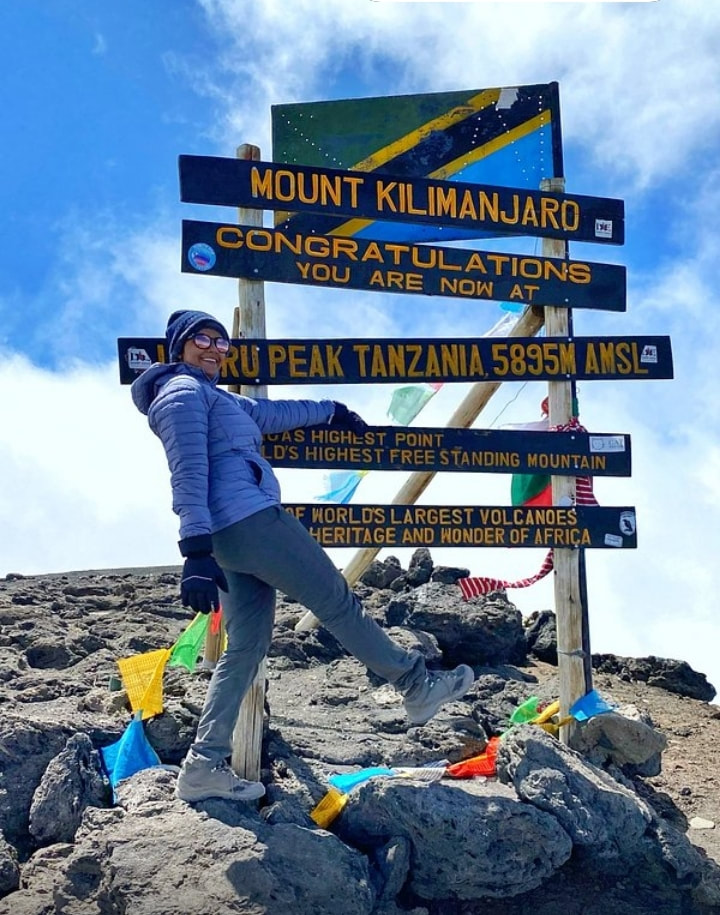
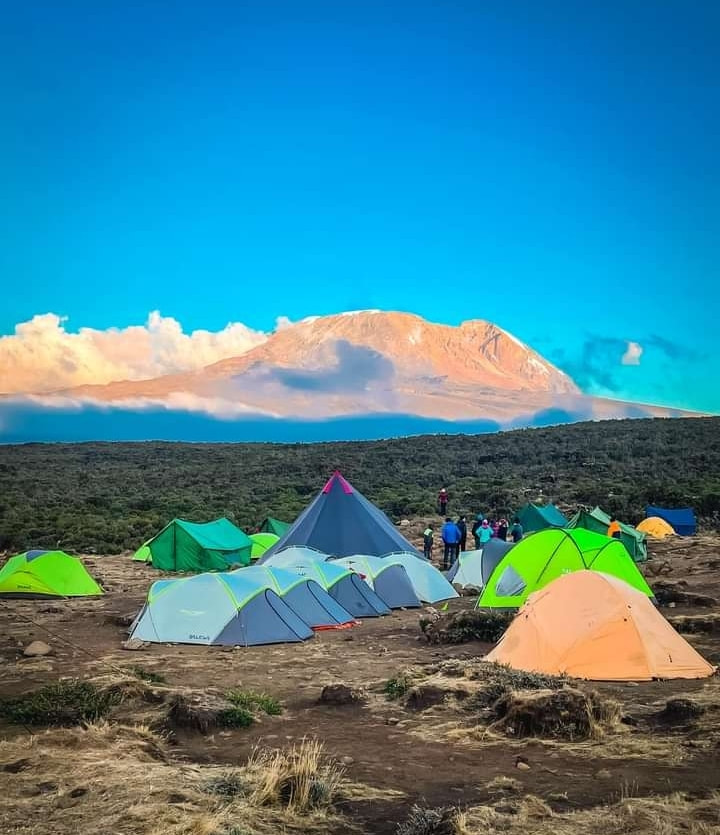
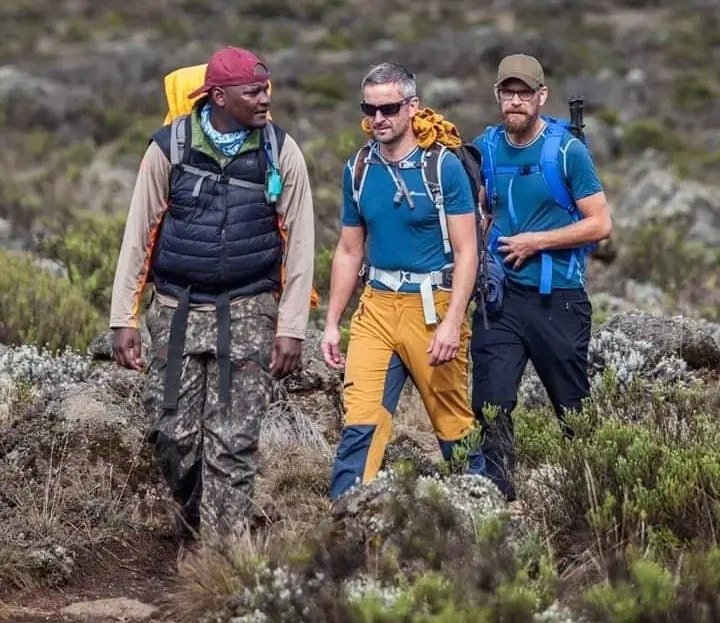

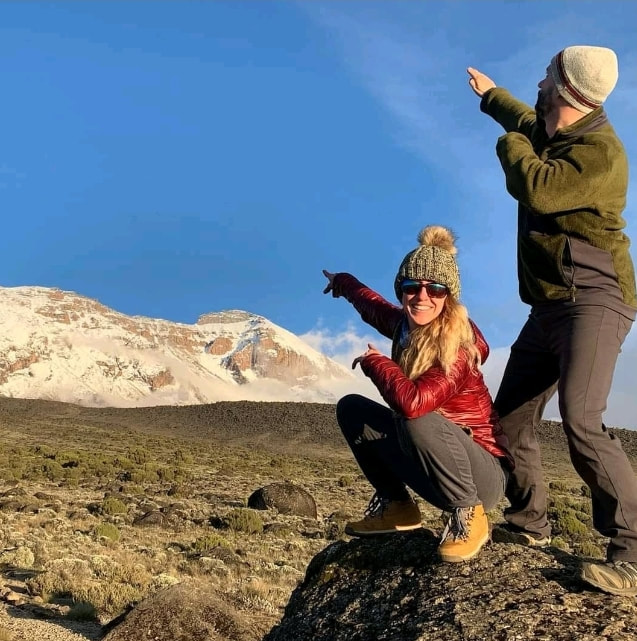
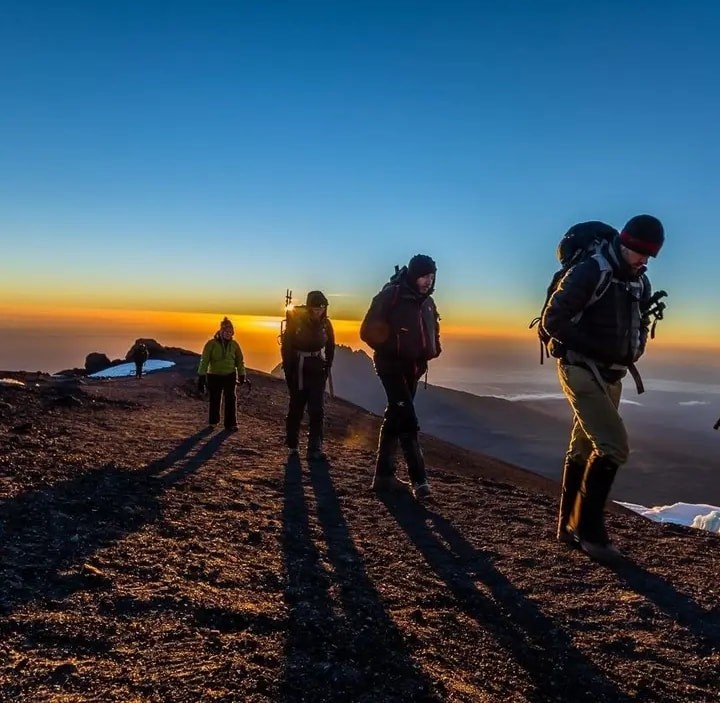
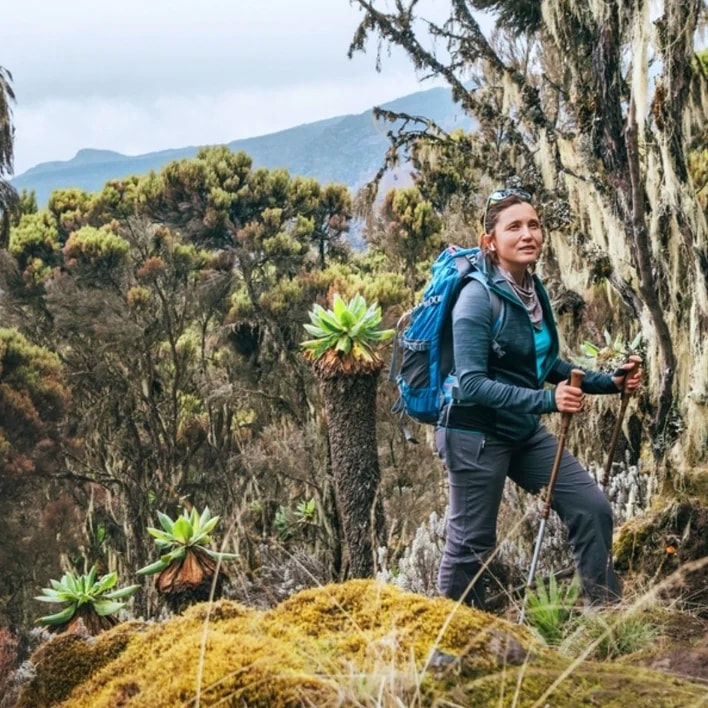
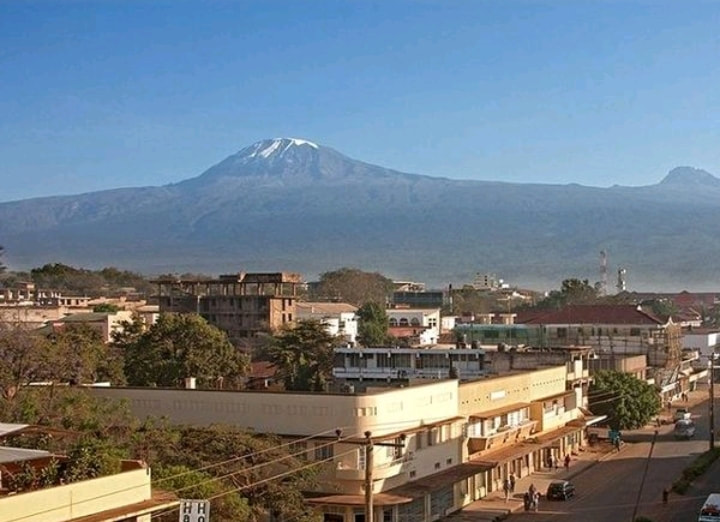
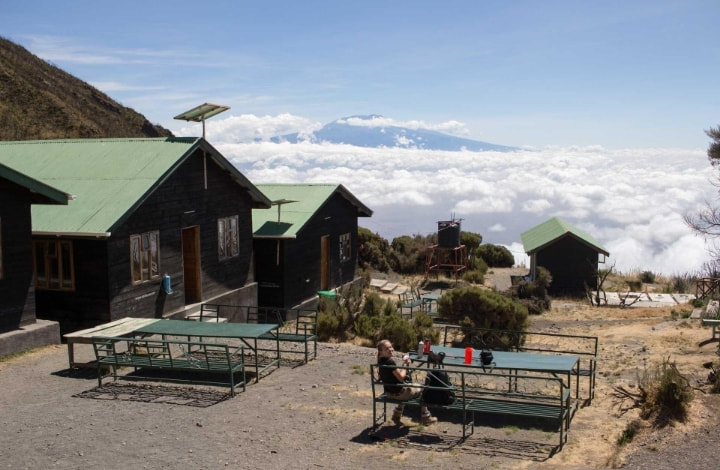
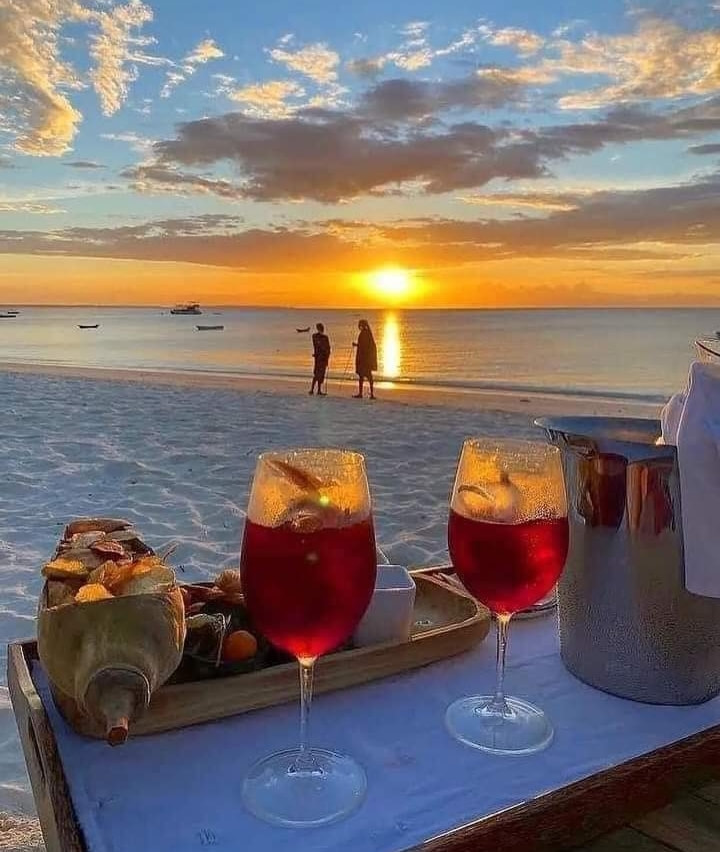
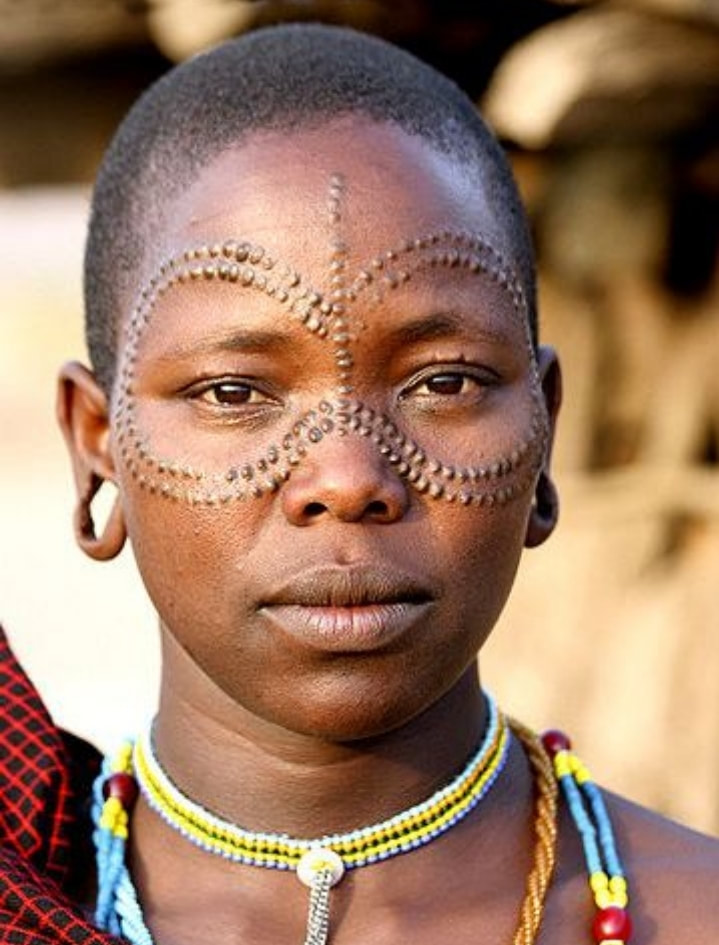
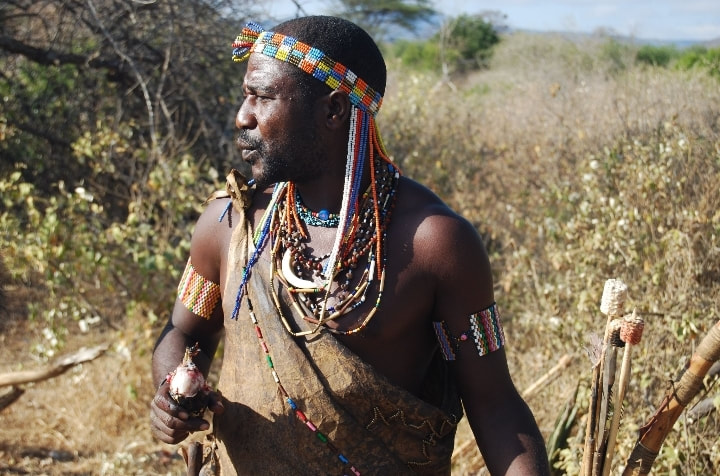
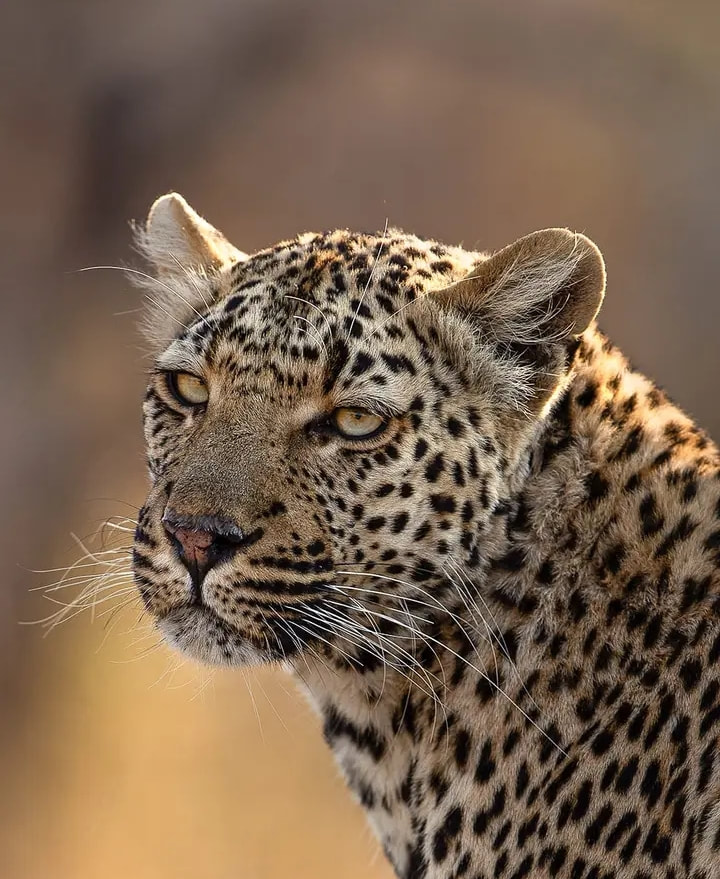

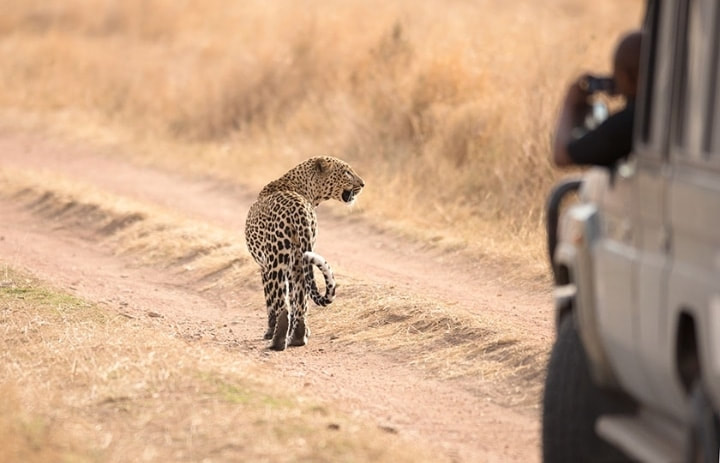
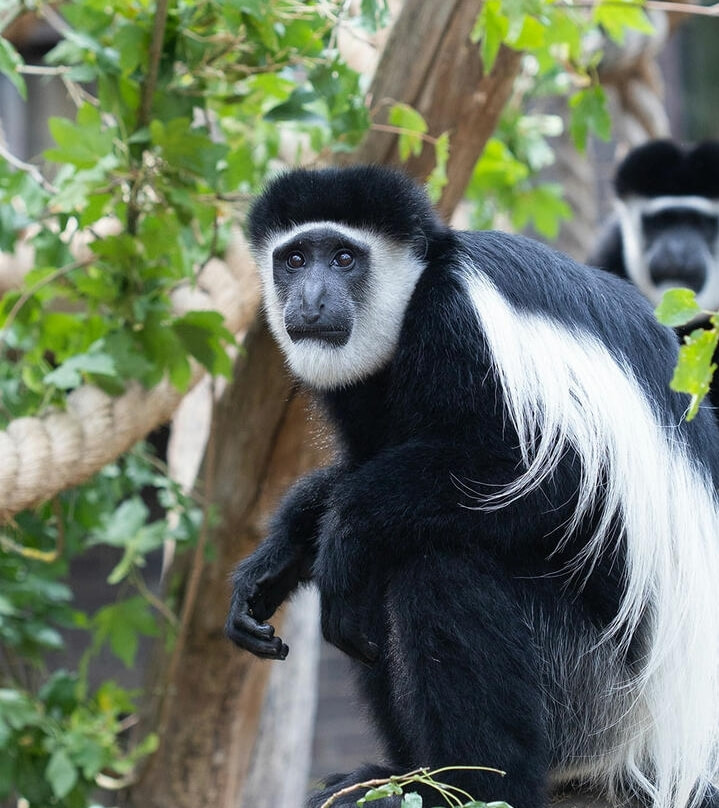
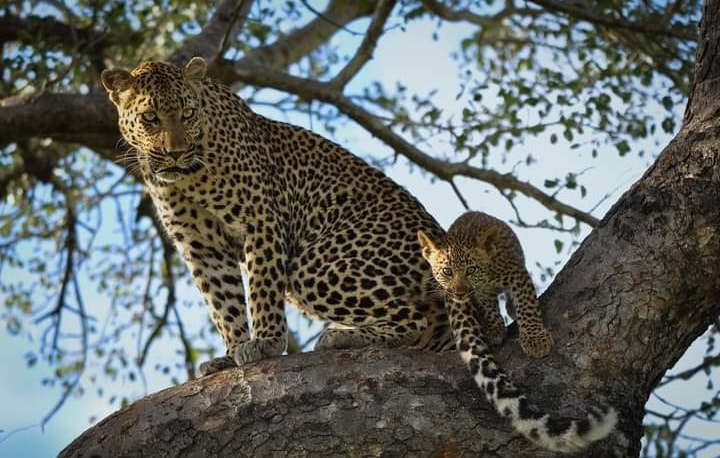
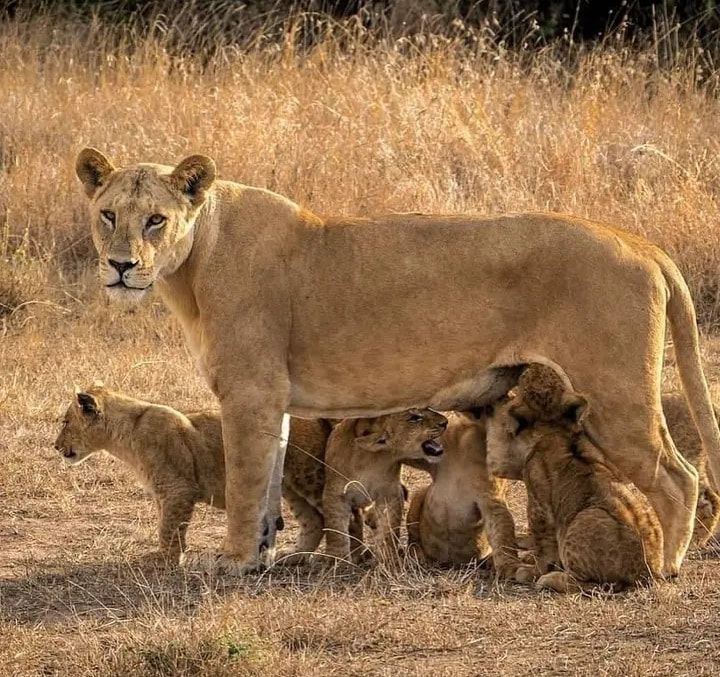
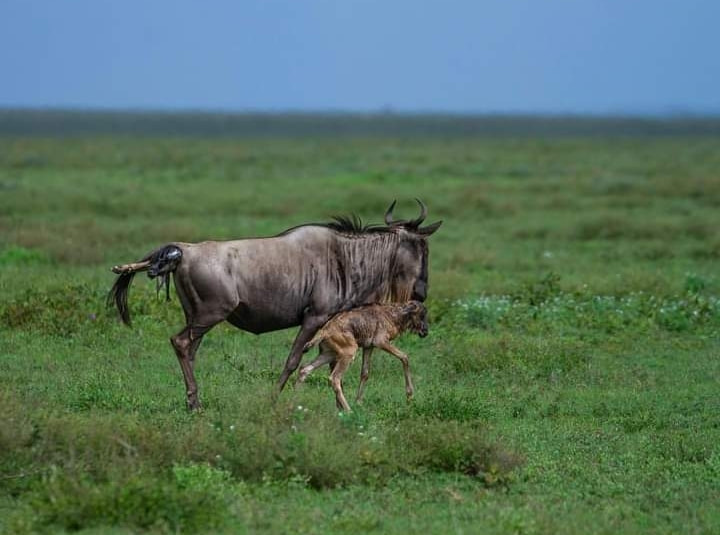
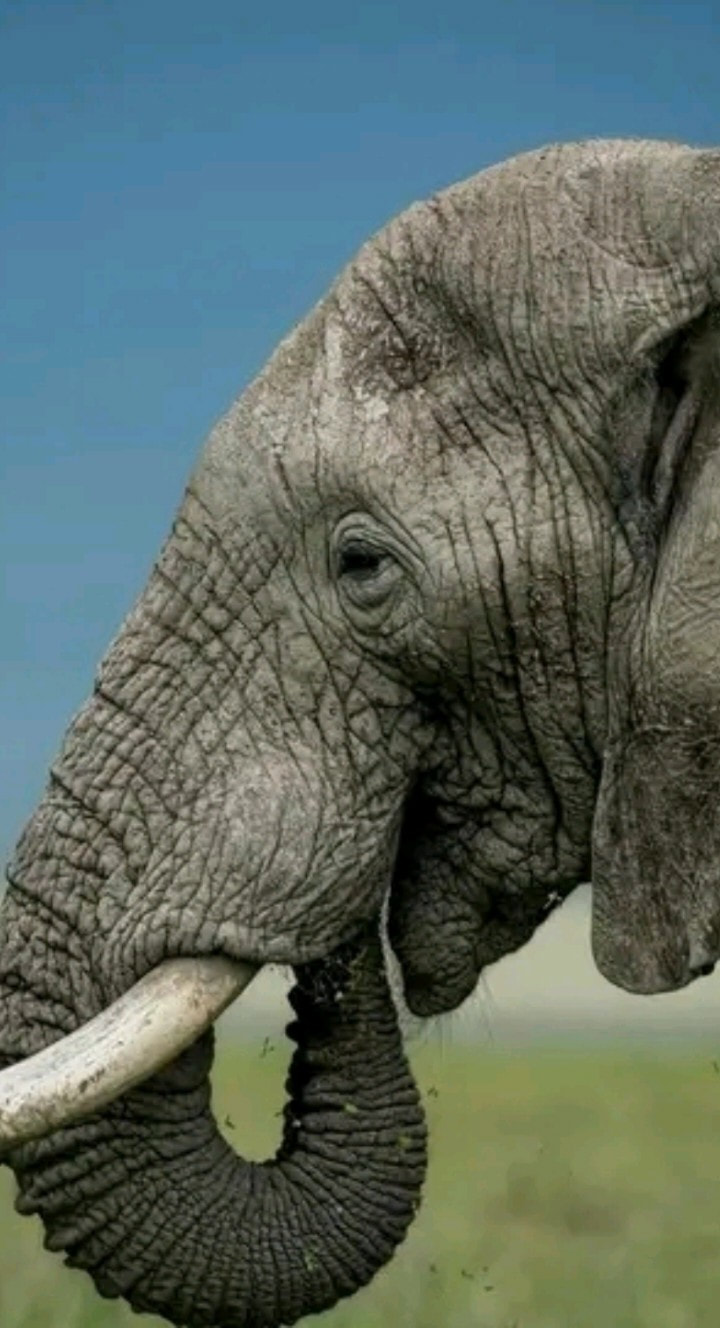
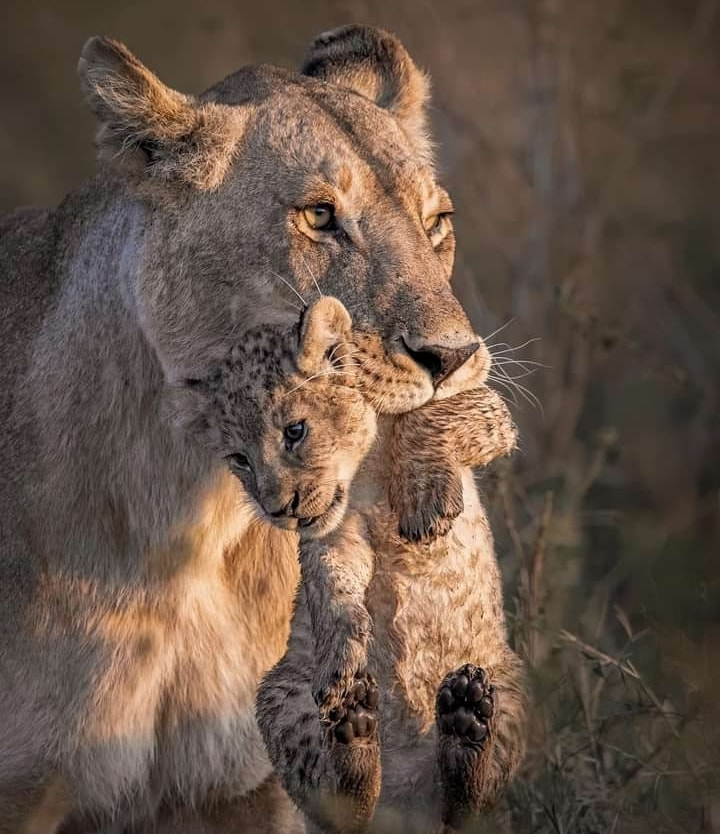

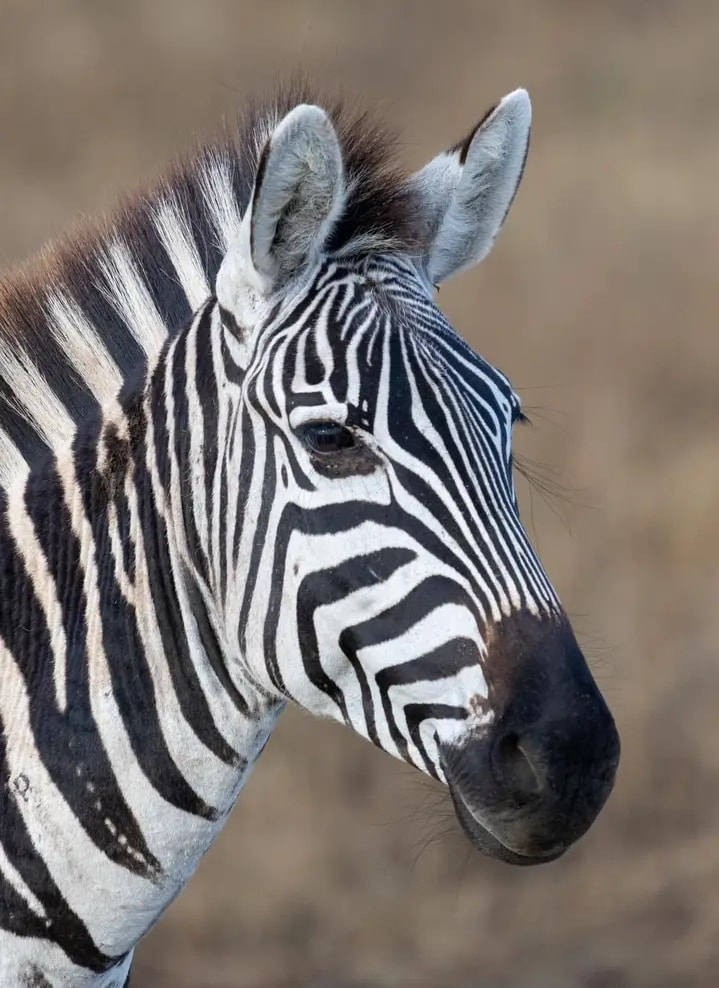
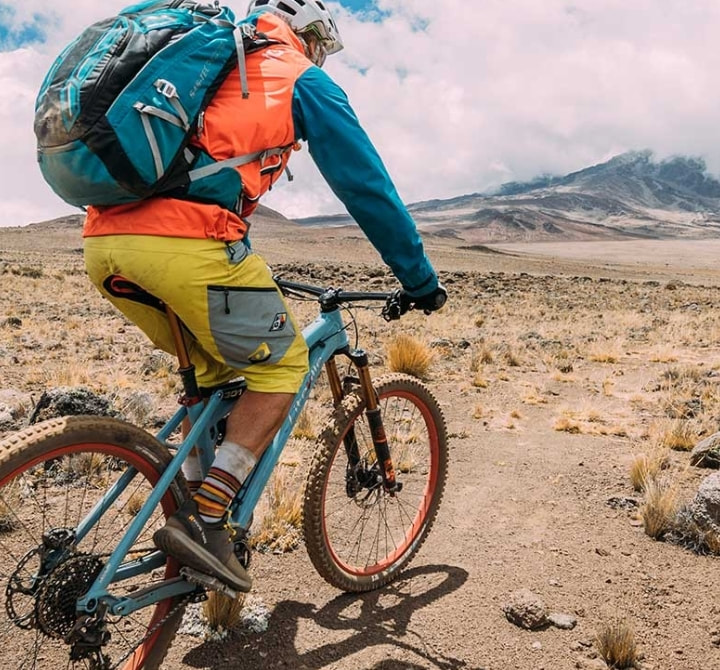


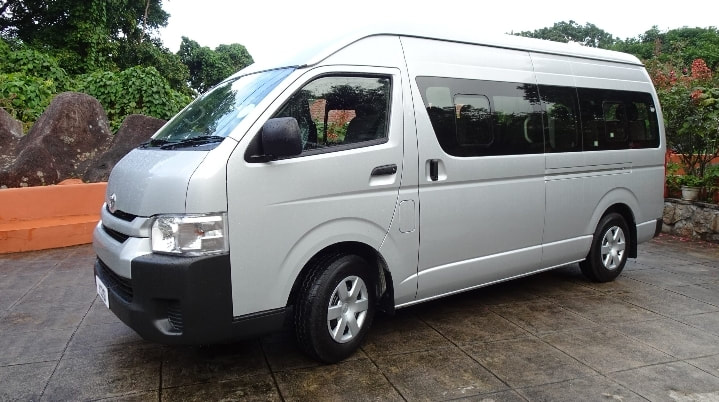

Comments
Post a Comment